Sony A80K review: the mid-range OLED TV to buy?
Sony's mid-range OLED model, the XR-A80K, is a mainstream winner, but its competition is tough... so is it worth buying?


Sony's step-down OLED model in its range gets far more right than it does wrong, but the A80K needs brighter pictures and less bright sound to be the complete package really.
-
+
Convincingly natural 4K HDR image quality
-
+
Thoughtful across-the-board specification
-
+
Your basic Sony pride of ownership
-
-
Lacks a little brightness
-
-
Sounds quite 'hard'
-
-
Not short of competition
Why you can trust T3

Flagship models are all well and good, but Sony - like every other big TV brand - knows the real action is in the mainstream. Its A80K model on review here sits in the middle of its OLED TV range and, given how much more affordable it is than the A95K QD-OLED flagship, it surely represents Sony’s best shot at achieving significant OLED TV sales.
As long as it can outperform all those other similarly priced alternatives from all those other similarly high-profile brands, of course, because the competition is tough. So does the Sony A90K stand up to scrutiny?
Sony A80K: Price and availability
The Sony A80K is on sale now, and in the United Kingdom the 55-inch version we’re testing here costs £1599. It can also be had in a 65-inch size, going for £2099, or for the profoundly serious there’s a 77-inch version that will set you back £3499. In America, those prices translate to $1599, $1999 and $2999 respectively - once again, the USA has the UK beaten. In Australia, meanwhile, you’re looking at AU$3299, AU$4299 and AU$6999 equivalents.
You don’t need me to explain you’re spoiled for choice if you want a 55-inch 4K HDR television - take a look at our best TVs guide, or indeed best OLED TVs guide - and you can spend plenty more or quite a lot less than Sony wants for the A80K. So, as ever, performance will dictate whether or not Sony’s being ambitious with its pricing or not.
Sony A80K review: What's new?
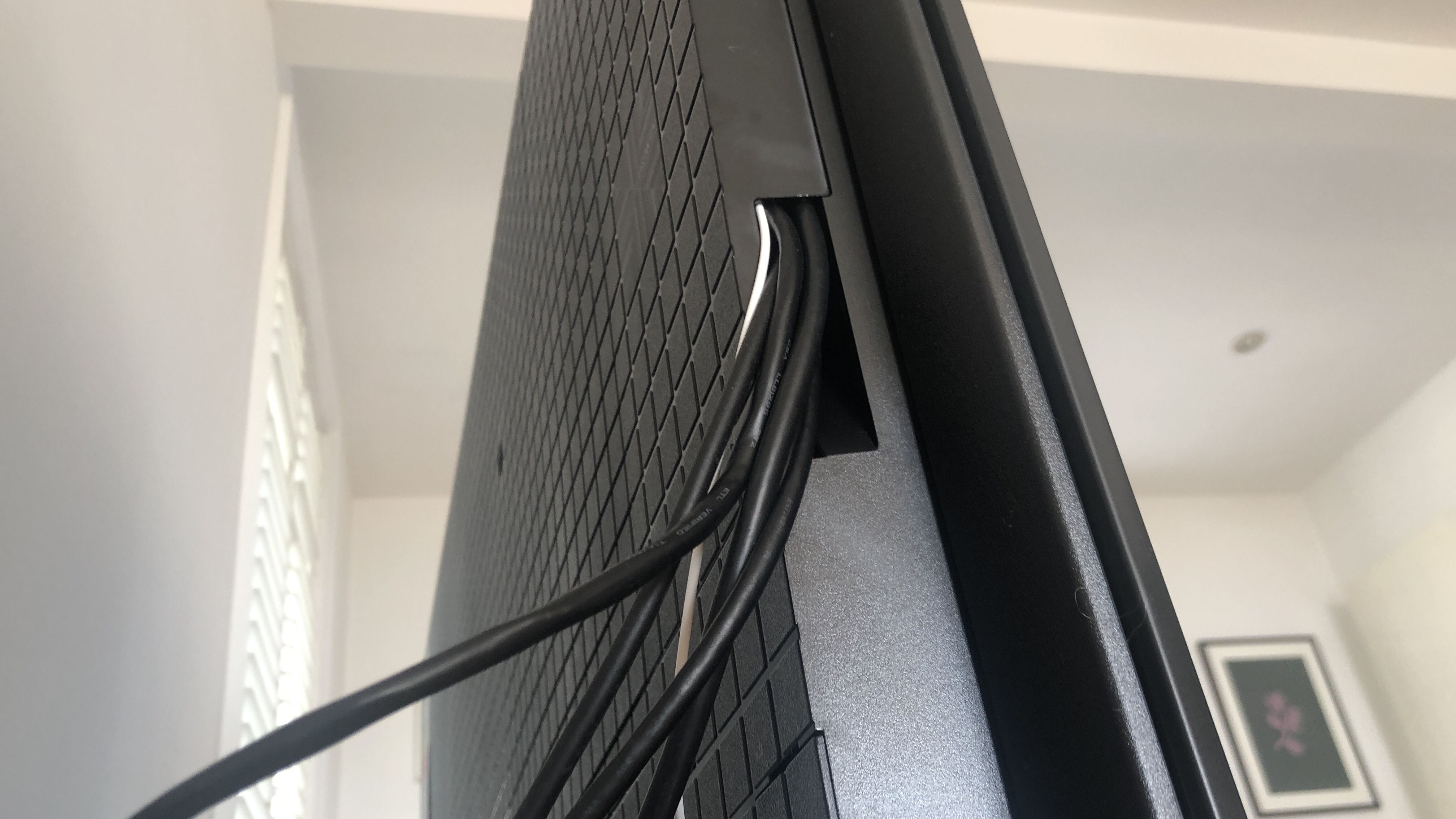
Like all of Sony’s 2022 OLED TVs, the A80K features the company’s Cognitive Processor XR and its associated technologies. In order to wring peak picture performance from its wide colour gamut panel, the processor boosts peak brightness and/or black depth on the fly. In between, the processing package can also deliver full DCI-P3 coverage - which means its colour palette is as wide and as accurate as the movie industry would ideally like it to be.
High Dynamic Range compatibility runs to HLG, HDR10 and Dolby Vision. Picture modes include Dolby Visions Bright and Dark, IMAX Enhanced and the always-perturbing Netflix Calibrated.
There are numerous secondary input options, of course, but the real business is handled by four HDMI inputs. Sockets three and four have HDMI 2.1 smarts, with ALLM, 4K@120Hz and VRR all available - and PlayStation 5 owners can enjoy Auto HDR tone-mapping too.
Get all the latest news, reviews, deals and buying guides on gorgeous tech, home and active products from the T3 experts
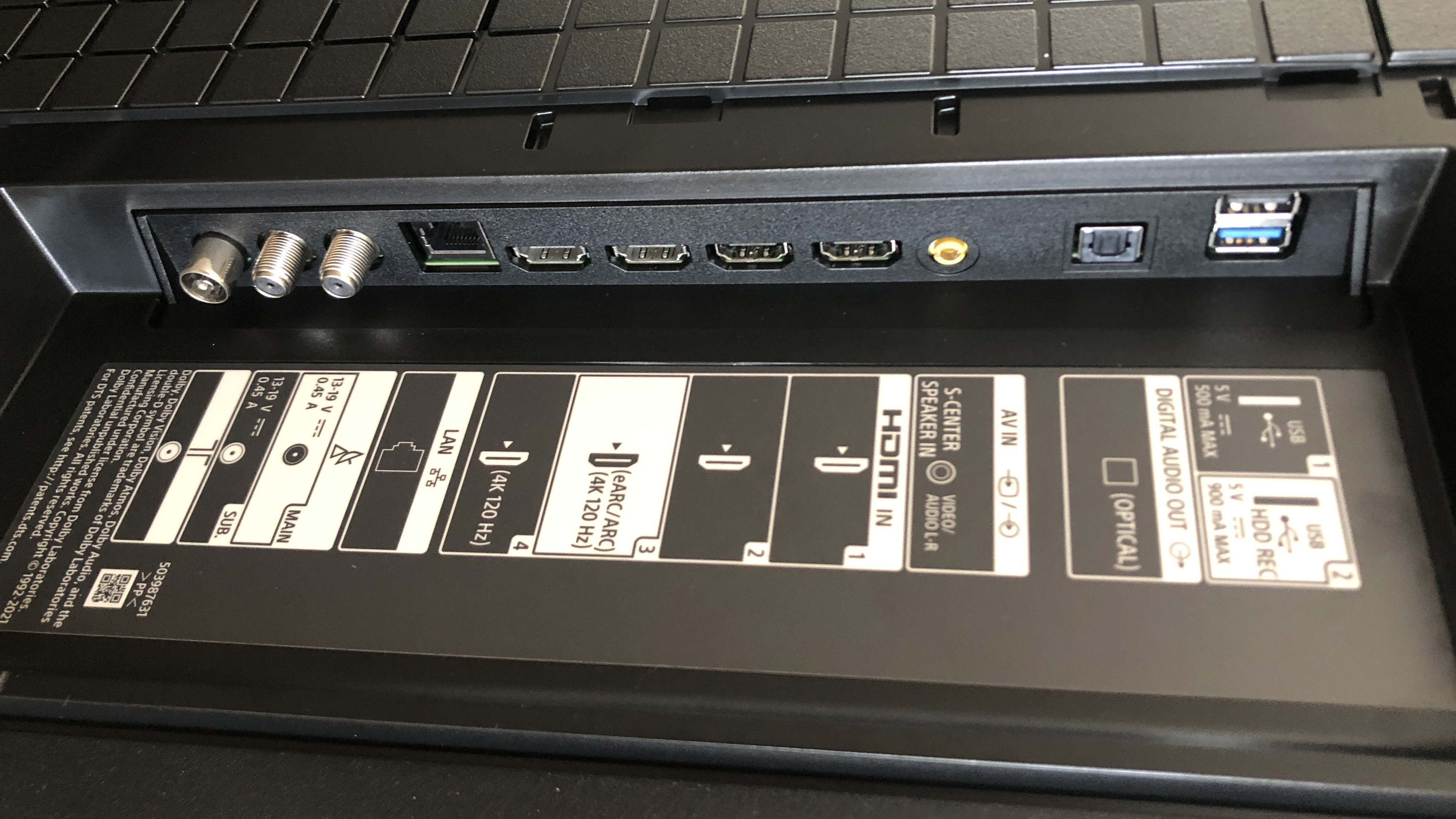
Not for the first time, though, I need to politely ask Sony what it’s playing at by giving eARC capability to one of its pair of HDMI 2.1 inputs and consequently making life difficult for owners of both next-gen console and a soundbar. There’s an easy way around this: just fit four HDMI 2.1 inputs like LG or Samsung (for instance) does.
Dual-band wifi, Bluetooth 4.2, Chromecast built-in and Apple AirPlay take care of wireless connectivity, and there are aerial binding posts for the single RF and twin satellite TV tuners. Recording to HDD is possible using one of the pair of USB inputs.
The A80K includes Sony’s Acoustic Surface Audio+ technology. The company has been perfecting this methodology over the past few years, here using three actuators to excite the screen into delivering sound while a couple of downward-firing subwoofers in the frame offer some low-end presence. All-in audio system power is 50 watts, and there’s compatibility with Dolby Atmos and DTS Digital Surround formats.
Sony A80K review: Performance
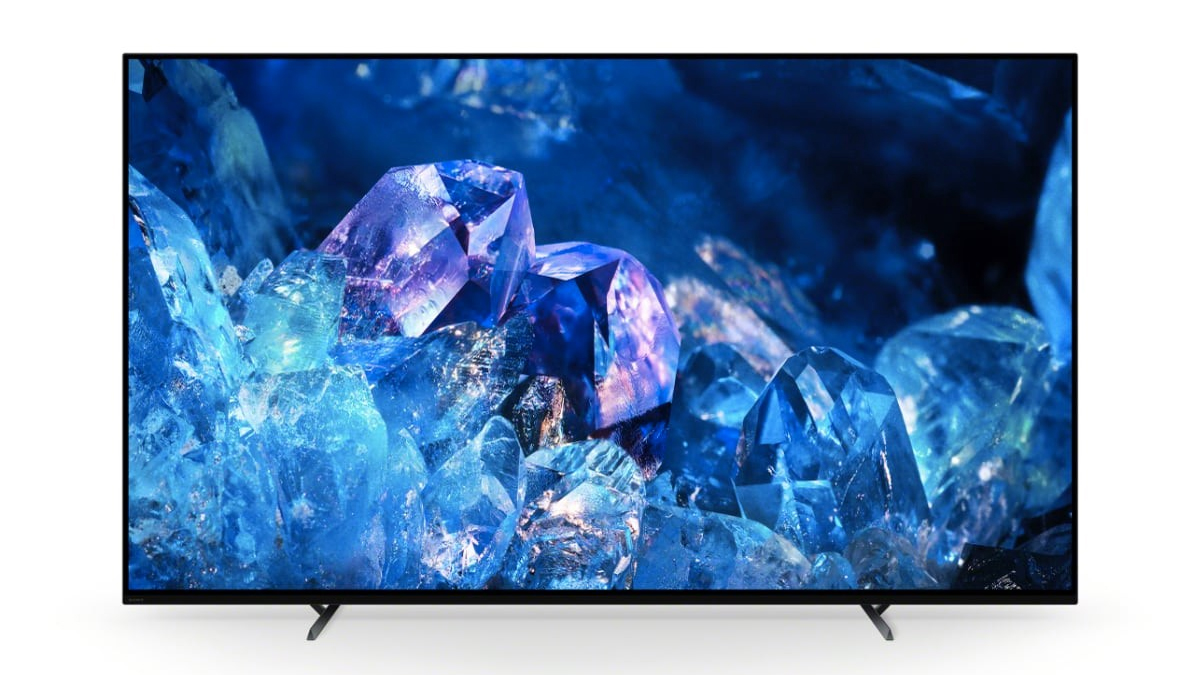
As far as picture quality is concerned, it’s no revelation at all to find the Sony looks its best with some native 4K Dolby Vision-assisted content. And it’s only slightly more of a surprise to find ‘its best’ is mostly very good indeed. Or, at least, it is once you’ve tweaked ‘motionflow’ in the menus to keep on-screen movement smooth and believable.
Sure enough, the A80K’s ability with and breadth of colour stands out. The palette it paints from is extensive and nuanced, and manages to be both vibrant and naturalistic at the same time. Black tones are predictably deep, carry plenty of variation in them, and contribute to a sensation of quite wide contrasts even though the A80K is far from the brightest screen around.
The whites it generates are just as poised, and just as detailed, as all the other tones it creates - but there’s a mild-but-definite shortage of punch to them. In a brightly lit room the Sony can look a little dim, no two ways about it - even with HDR content.
Picture noise is minimal, and on-screen motion can be finessed until it’s deeply satisfactory even when watching the dreaded televised sport. The A80K has no problem handling tight and/or complex patterns, and can draw even very fine lines smoothly. Viewing angles, as you’d expect, are very wide indeed - and a lack of specific screen treatment, reflections or glare don’t intrude.
And unless you feed in some properly low-resolution content, the Sony is a very capable upscaler too. Certainly off-air broadcasts at 1080p standard look calm and convincing - detail levels stay remarkably high, and the same smooth motion-control is in evidence too. Even down at 720p the A80K stays unflustered - which makes it one of the more forgiving OLED TVs out there at this sort of money.
As a monitor for gamers, the A80K has input lag plenty low enough for all but the most demanding (who will probably have a dedicated monitor anyway). That’s in ‘Game’ mode, anyway, which sharpens response times with only a mild coarsening of the overall picture as a trade-off. Motion stays solid, and lighting (despite the lack of outright brightness) looks a treat too.
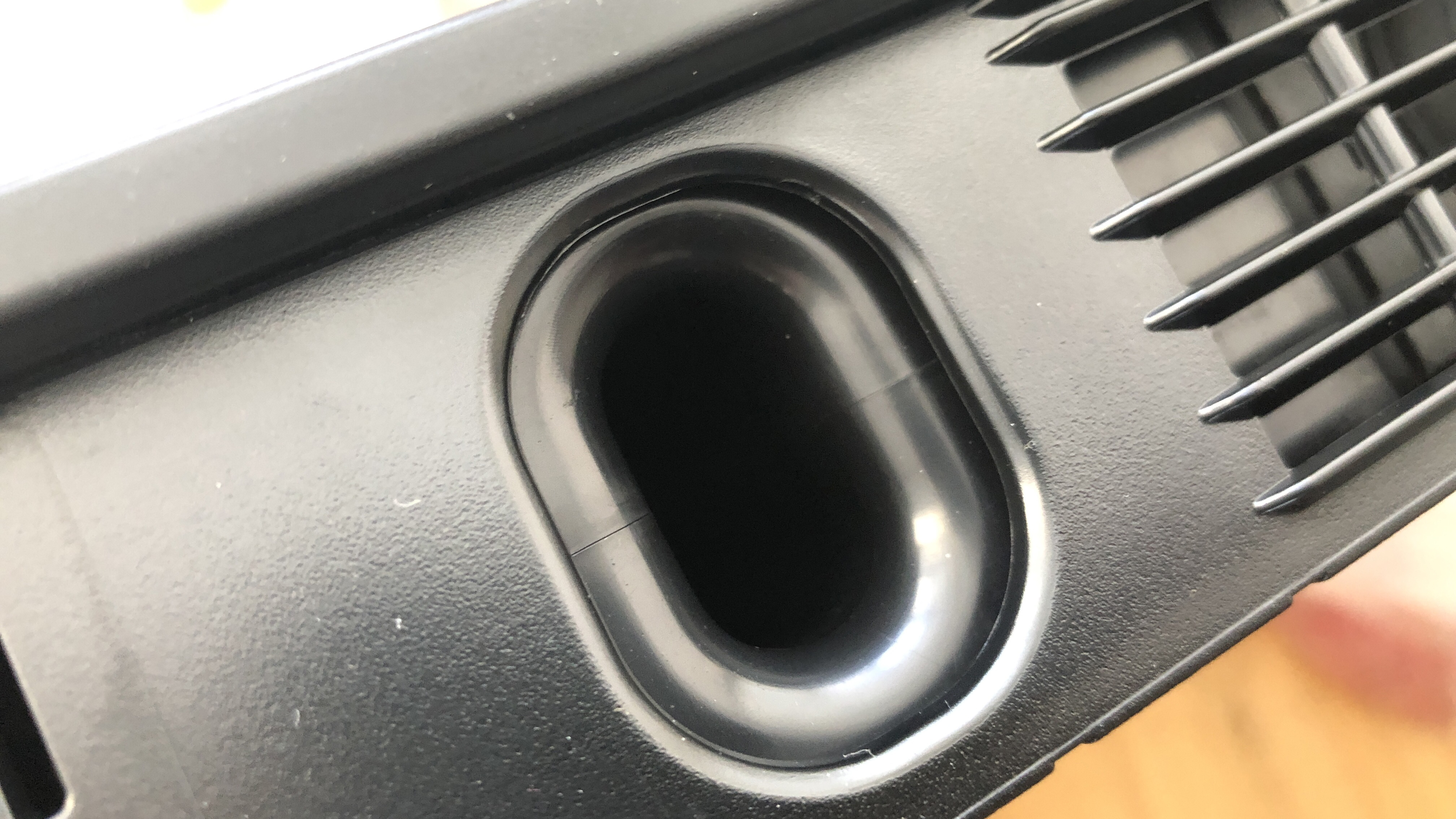
However, the Acoustic Surface Audio+ system continues to fascinate more than it does satisfy.
The Sony creates quite a broad, spacious sound, and because the screen itself is delivering sound there’s quite a nice unity between images and audio.
But tonally it’s on the thin and zizzy side, with little low-frequency substance despite the pair of little subwoofers and the 20 watts of power that drive them.
Sony has fitted a connection to the A80K to allow it to be used as the centre channel in a surround-sound system, but in all honesty that’s the last thing you should do. Instead, I think you should consider one of the best soundbars.
Sony A80K review: Design & usability
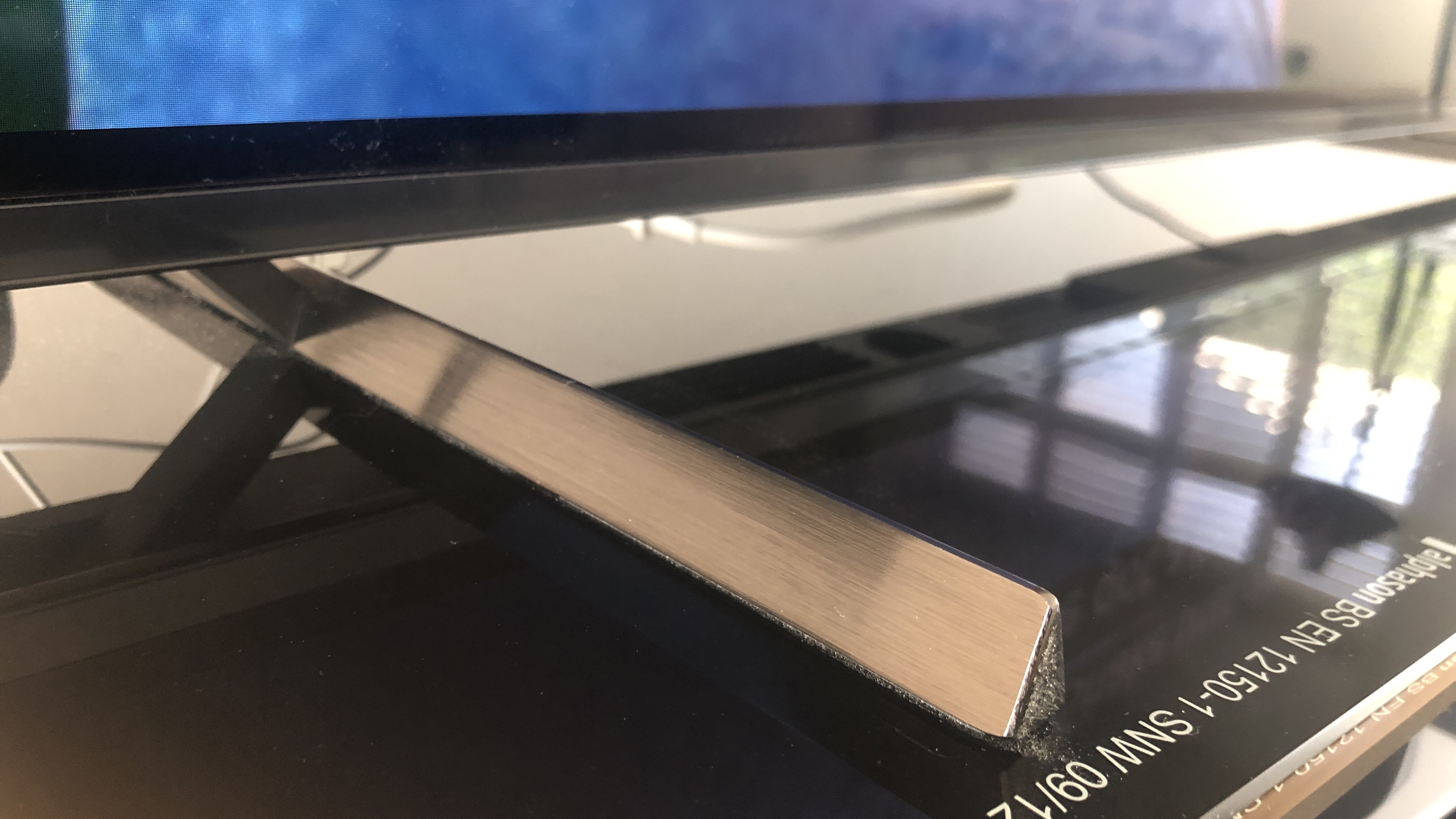
Sensibly, the XR-A80K has been designed to look like a big TV screen, with minimal bezels and very slim feet that can adjust through a few different positions (‘standard’, ‘narrow’ and ‘soundbar’). No one wants anything more from their television, do they?
OLED TVs aren’t as slim as they used to be, though - or, at least, they seem to have smaller areas of slimness than they did in the past. When viewed in profile, the A80K is elegantly slim for maybe 15 per cent of the time - the rest of it is comfortably over 5cm. At a touch under 18kg it’s not too troublesome to wall-mount, but once it’s up there it’s not as flush to the wall as you might prefer. Still, at least there’s some cable-management provided by a snap-on panel to help keep things tidy.
The Sony ships with a couple of remote control handsets. They’re of similar size, but one is for major functions (including direct buttons for, among others, Disney+ and Netflix), has a mic for issuing commands to Google Assistant, and is quite pleasant in the hand. The other feels cheaper and covers every eventuality by having many buttons, a good number of which are unhelpfully small.

No matter the way you decide to control the TV, though, you’ll be in charge of some fairly in-depth set-up menus and a nice, if over-confident, version of Google TV. The selection of apps on the home page is very decent, and if you have a Google account it’s easy enough to customise the interface to best suit you.
It’s easy enough to get a workable picture out of the panel, too, and Sony gives a good amount of fine-tuning to those who prefer a deep dive into set-up menus. Turning off the chime that sounds with every button-press is much further into the sub-menus than it really should be, mind you…
Sony A80K review: Verdict

The Sony A80K has plenty going for it. Mostly the quality of its 4K HDR images, sure, but also its build, finish and basic pride of ownership - anyone who decides on A80K ownership won’t be disappointed. But it can be bettered in a couple of areas, most notably brightness, which means it’s far from a default choice in a bustling OLED marketplace.
Also consider
At the risk of labouring the point, then, the A80K is in a tough scrap. Anyone who fancies a TV of this sort of size, at this sort of money, owes it to themselves to check out Samsung’s QN85B Neo QLED (because it’s a beautifully slim device with beautifully bright image quality), for example. And having done so, get an eyeful of the LG C2 as well - it’s ideal for gamers, serves up nice, bright images and saves a few quid over the Sony at the same time…
Simon Lucas is a freelance technology journalist and consultant, with particular emphasis on the audio/video aspects of home entertainment. Before embracing the carefree life of the freelancer, he was editor of What Hi-Fi? magazine and website – since then, he's written for titles such as Wired, Metro, the Guardian and Stuff, among many others. Should he find himself with a spare moment, Simon likes nothing more than publishing and then quickly deleting tweets about the state of the nation (in general), the state of Aston Villa (in particular) and the state of his partner's cat.
